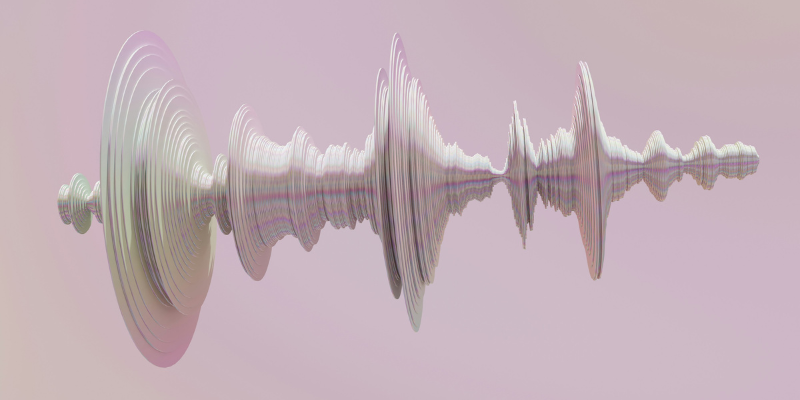Sonopharmacology and Sonogenetics: Activating drugs, proteins and genes by ultrasound
Prof. Dr. Andreas Herrmann, Leibniz Institute for Interactive Materials DWI, Aachen, RWTH Aachen, Germany
Remote controlling biological systems is an exciting endeavour because it is the offspring for new therapies and allows answering fundamental biological questions. In this context, the field of optogenetics has enabled the understanding of neural circuits and disorders.[1,2] However, current optogenetic techniques are hampered by the low penetration of light into tissue and hence often require invasive surgical procedures to deliver photons to target cells. Therefore, ultrasound (US) was used as alternative trigger since US can deeply penetrate tissue with high spatiotemporal control and has been safely applied in the clinic for many decades.[3] Our group has developed general molecular technologies to activate drugs, proteins and nucleic acids by US employing principles from polymer mechano-chemistry.[4,5] Two types of mechano-sensitive carriers have been discovered, i.e. high molar mass polynucleic acid aptamers and colloidal hydrogel microbubbles. Polynucleic acids fabricated by enzymatic reactions undergo covalent and non-covalent bond cleavage induced by shear forces originating from US-induced cavitation bubbles. These nucleic acid carriers harbouring different bioactive payloads allow the activation of small bioactive molecules and drugs that can initiate gene expression, kill pathogens or cure diseases.[4,5] Moreover, the activation of thrombin by US allows the general control over protein activity in combination with split inteins.[6] A particular emphasis is paid to reducing US energies to make these sonogenetic and sonopharmacological systems compatible with living matter.[7] In this realm, microbubbles containing a hydrogel shell with embedded mechanophores were developed.[8]
References:
[1] Haubensak W, Kunwar PS, Cai H, Ciocchi S, Wall NR, Ponnusamy R, Jonathan Biag, Dong H-W, Deisseroth K, Callaway EM, Fanselow MS, Lüthi A, Anderson DJ, Nature (2010) 468: 270.
[2] Kravitz AV, Freeze BS, Parker PR, Kay K, Thwin MT, Deisseroth K, Kreitzer AC, Nature (2010) 466: 622.
[3] Wang T, Wang H, Pang G, He T, Yu P, Cheng G, Zhang Y, Chang J, ACS Appl. Mat. & Interf. (2020) 12: 56692.
[4] Paul A, Warszawik EM, Loznik M, Boersma AJ, Herrmann A, Angew. Chem. Int. Ed. (2020) 59, 20328.
[5] Huo S, Zhao P, Shi Z, Zou M, Yang X, Warszawik E, Loznik M, Göstl G, Herrmann A, Nat. Chem. (2021) 13: 131.
[6] Zhao P, Huo S, Fan J, Chen J, Kiessling F, Boersma AJ, Göstl R, Herrmann A, Angew. Chem. Int. Ed. (2021) 60, 14707.
[7] Yildiz D, Göstl R, Herrmann A, Chem. Sci. (2022) 13: 13708.
[8] Xuan M, Fan J, Ngoc Khiêm V, Zou M, Brenske KO, Mourran A, Vinokur R, Zheng L, Itskov M, Göstl R, Herrmann A, Adv. Mat. (2023) published online doi.org/10.1002/adma.202305130.

